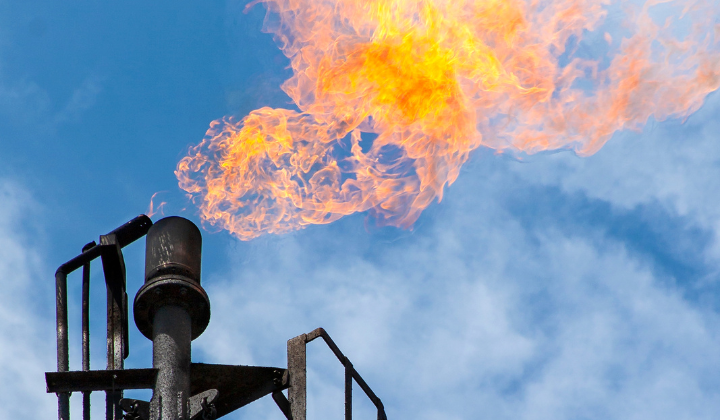
– Manuscript –
The National Oceanic and Atmospheric Administration (or NOAA) recently reported that the atmospheric gas methane increased in 2022.
NOAA is the U.S. weather agency. It also studies the substances in the atmosphere.
NOAA said methane in the atmosphere had its fourth-highest yearly increase since measurements have taken place. The agency said the increase was part of a rise in greenhouse gases that it called “alarming.” Greenhouse gases are linked to warming in the Earth’s atmosphere.
Scientists pay a lot of attention to carbon dioxide for its part in warming. But they also are concerned about methane because it traps more heat. If measured over 20 years, methane is said to trap about 87 times more heat than carbon dioxide.
Methane is a gas released, or emitted, from living things and carbon substances. Farm animals, microorganisms, waste, oil, and natural gas all can release methane.
NOAA Administrator Rick Spinrad said the observations collected by NOAA scientists in 2022 show that greenhouse gas emissions continue to rise at an alarming rate. He said they will stay in the atmosphere for thousands of years. He said, “The time is now to address greenhouse gas pollution and to lower human-caused emissions as we continue to build toward a climate-ready nation.”
Scientists say methane rose by 14 parts per billion (or ppb) to 1,911.9 parts per billion in 2022. One part per billion is equal to one ten-millionth of a percent. Methane rose a little faster in 2020 and 2021. NOAA said in its report that it does not know the reason for the increase.
Stephen Porder is a professor of ecology at Brown University in the state of Rhode Island. He said that farm animals like goats, sheep, and cows are among the largest causes of methane from human activity.
Scientists also say that methane emissions from the fossil fuel industry and the environment are underestimated.
Benjamin Poulter is a NASA research scientist. He said the U.S. space agency has found “over half of the methane emissions are coming from human activities.”
The exact amount of methane that comes from human activity compared to natural activity is not known. But scientists say humans have little control over methane that comes from the environment.
Drew Shindell is a Duke University professor and former climate scientist at NASA. He said if wetlands and natural systems create more gasses because of climate change, “…then that’s very frightening because we can’t do much to stop it.”
He said, if methane leaks from the fossil fuel industry, then governments can make laws to control it. But governments cannot make laws that control what wetlands do.
Scientists are also investigating how a weather event called La Niña could influence levels of methane because of increased rainfall in warm places.
Shindell told the Associated Press that methane caused by humans is responsible for about 26 percent of the warming caused by human activities.
Porder said reducing fossil fuels and reducing the number of farm animals are ways to reduce methane in the atmosphere.
The International Energy Agency estimates that 70 percent of 2022’s methane could be reduced with existing technology.
The NOAA report said the greenhouse gases carbon dioxide and the gas nitrous oxide also increased in 2022.
Carbon dioxide levels rose to 417.06 parts per million (or ppm) in 2022. One part per million is one ten-thousandth of a percent. Nitrous oxide, which NOAA calls the third-most damaging greenhouse gas emitted by humans, rose to 335.7 parts per billion. The agency blamed fertilizers and products from agriculture.
Words in This Story
methane – n. a colorless gas that has no smell and that can be burned for fuel
alarm – v. to worry or frighten (someone)
address – v. to deal with (a matter, issue, or problem)
fossil fuels – n. fuels such as coal, oil, or natural gas that are formed in the Earth from dead plants or animals
frighten – v. to cause (someone) to become afraid
*This article has been edited and reprinted from VOA Learning English with permission from Voice of America (VOA) for use in English language materials.
